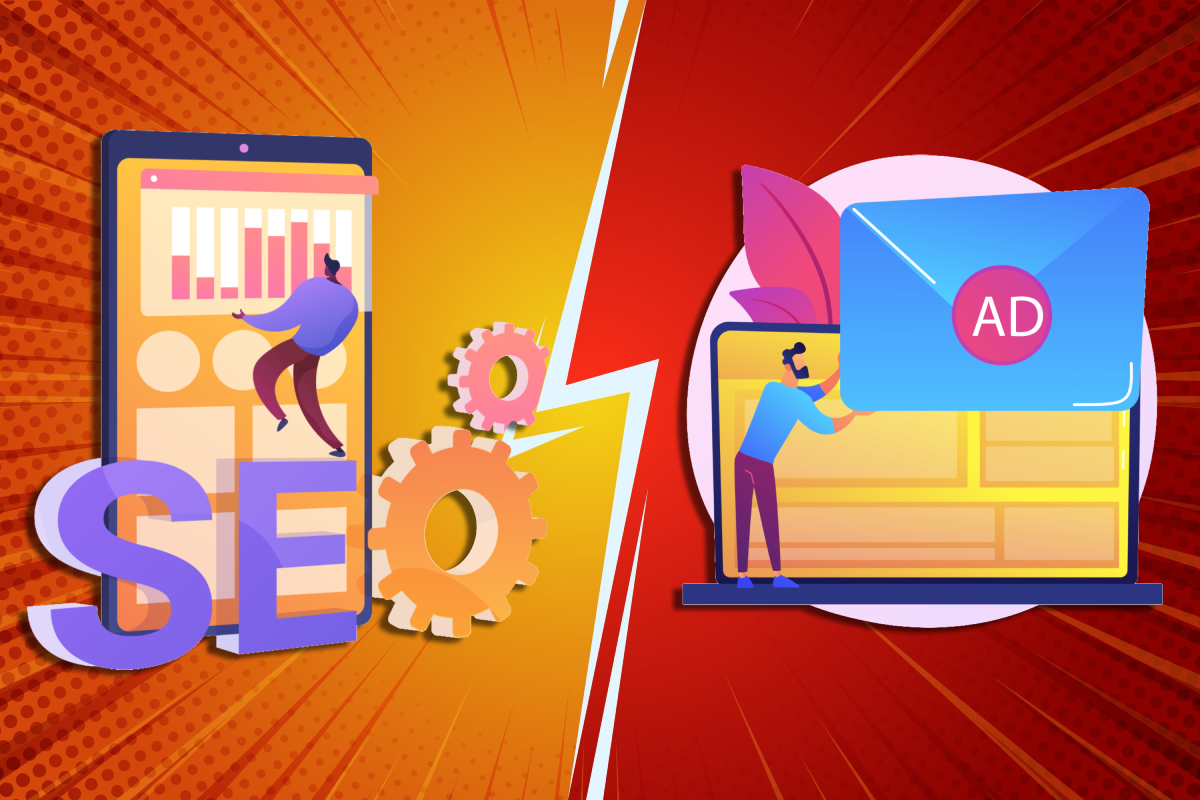
In the world of digital marketing, two powerful tools are Search Engine Optimization (SEO) and paid advertising (PPC). Both have a significant impact and serve different purposes. Success in digital marketing comes from using the strengths of PPC and SEO while managing their weaknesses effectively.
Unraveling SEO
If the business website is a hidden gem tucked away in an expansive digital maze, then SEO is the map that leads search engines like Google to unearth that treasure. By refining various aspects of the business website, companies heighten their visibility in organic search results, drawing in visitors without directly paying for clicks.
Keyword research
Digging up the search terms people use to find businesses like the company’s own is key. These keywords serve as the bedrock for the SEO strategy, making sure the website pops up when users embark on their digital journeys.
Content is king
High-quality, enlightening, and engaging content is the heart and soul of SEO. Search engines have a soft spot for websites that offer valuable content pertinent to user searches. Regularly putting out blog posts, articles, infographics, or videos cements the website’s reputation as a reliable information source.
Technical savvy
The technical aspects of the website carry significant weight too. Ensuring swift loading speeds, mobile compatibility, and a slick website structure enhances user experience and gives search engines a thumbs up.
On-page optimization
Refining individual web pages for target keywords involves weaving them strategically into page titles, meta descriptions, header tags, and the content itself. This technique helps search engines grasp the relevance of the pages to specific searches.
Backlink building
Winning backlinks from high-authority websites serve as an endorsement in the eyes of search engines. When trustworthy websites link to the company, it signals the quality and credibility of the content.
A long journey
SEO isn’t a sprint, it’s more like a marathon. Companies may see a little progress at the start, but snagging those coveted spots on search engine results pages (SERPs) requires real grit and commitment.
Don’t worry, the payoff is worth the patience. Organic traffic isn’t only budget-friendly, it also attracts visitors who are honestly curious about what the company brings to the table.
Paid advertising
If a company is after immediate results or wants to zero in on a very specific audience, paid advertising takes center stage. Here, companies can design ads that are prominently displayed on search engines or scattered across various websites via platforms like display advertising networks.
Instant visibility
In contrast to SEO, paid advertising propels the website into users’ view instantly. Companies can get campaigns off the ground within minutes and start steering traffic to their website.
Pinpoint targeting
The clever world of paid advertising platforms provides an array of detailed targeting options. Companies can sharpen their ads to grab the attention of users based on who they are, what they like, their online habits, and even where they are in the world.
This strategic approach ensures the message hits home with the right crowd, giving the company’s return on investment (ROI) a welcome boost.
Quantifiable results
Paid advertising platforms serve up detailed analytics, allowing companies to monitor the performance of their campaigns in real time. Companies can take note of metrics like clicks, conversions, and cost-per-click (CPC), helping polish the campaigns for maximum efficiency.
